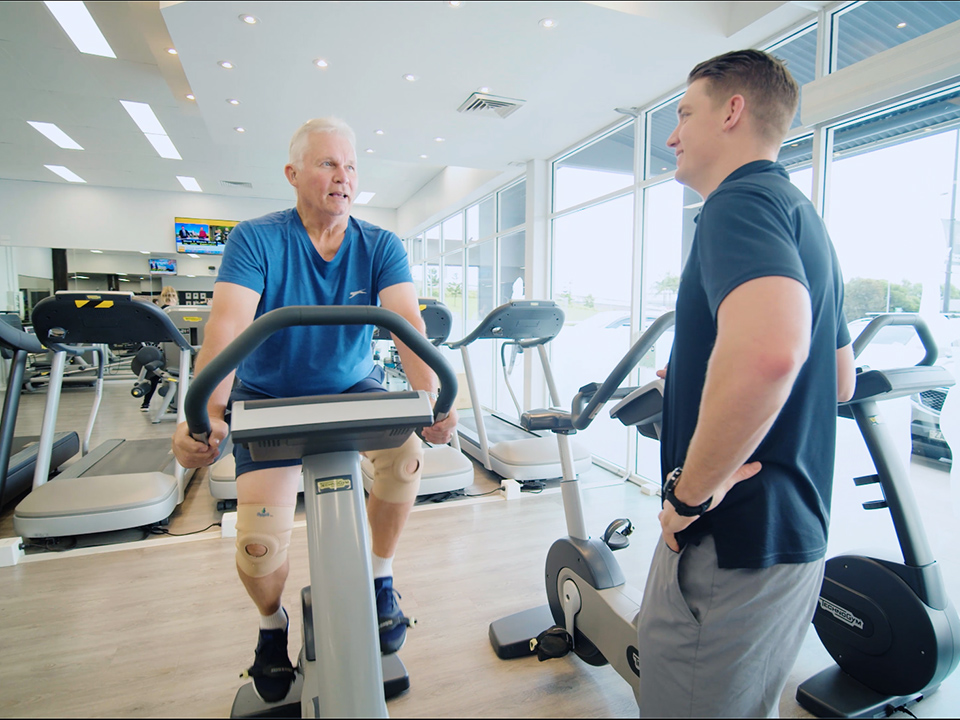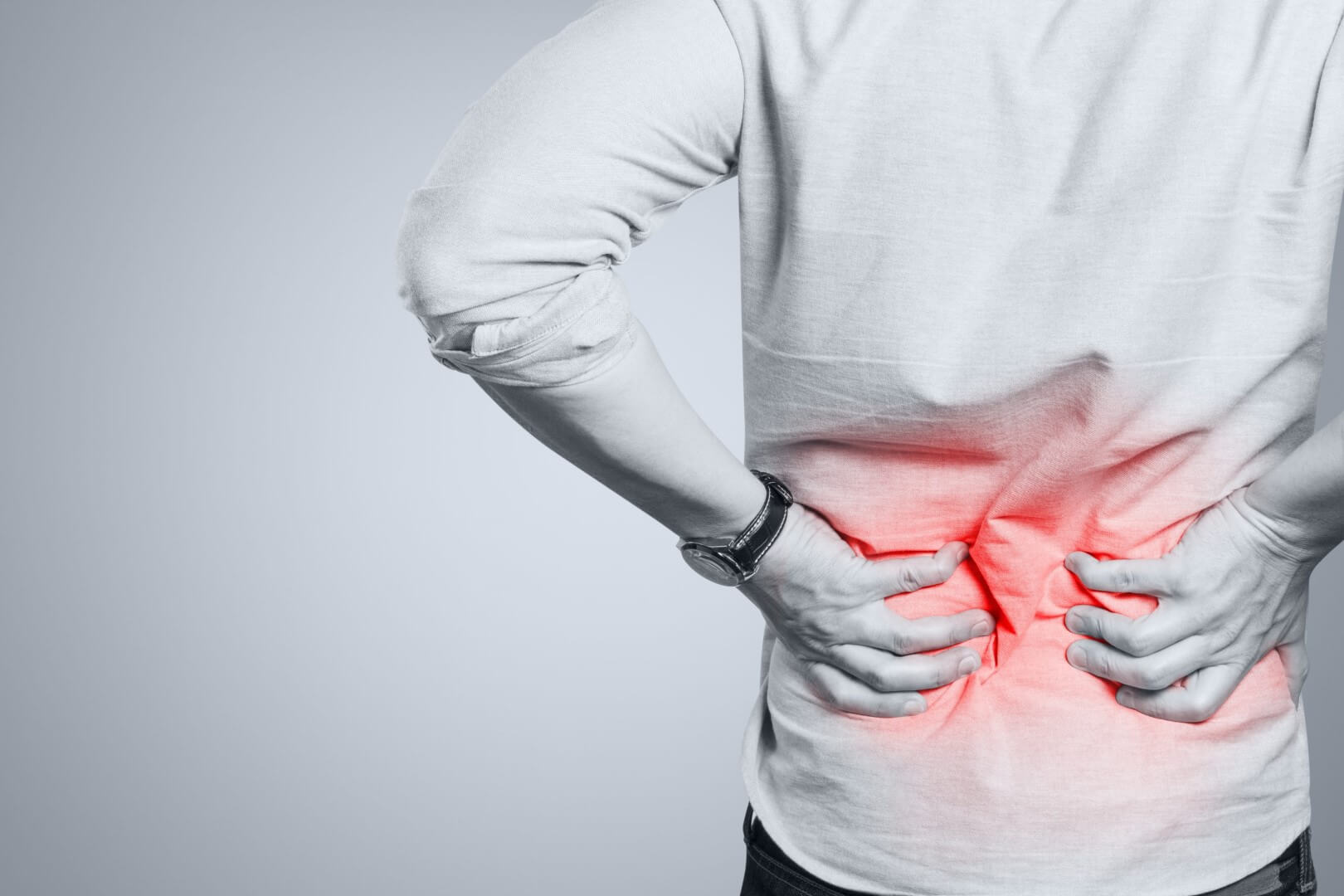The global impact of lower back pain
Low back pain is a very common health problem worldwide and a major cause of disability – affecting performance at work and general well-being. It is estimated that 70 – 90% of the population will suffer from lower back pain at some point in their lives.
Low back pain is the leading cause of activity limitation and work absence throughout much of the world, imposing a high economic burden on individuals, families, communities, industry, and governments. On average, Australia spends $4.8 billion per year on lower back pain management; 36% of the over 65 community were affected by one lower back pain episode last year.
Understanding the risk factors for lower back pain
Non-modifiable risk factors:
- age (back problems are more common as people age)
- genetics
Modifiable risk factors:
- insufficient physical activity
- smoking
- obesity
- occupational hazards; for example, activities involving repetitive bending and/or lifting, prolonged sitting
- joint trauma and injuries; for example, injuries from contact sports or falls, high impact sports
- non-occupational physical activities; for example, heavy domestic physical activity, or a combination of heavy domestic and recreational physical activity
Specific vs. non-specific lower back pain
The majority of lower back conditions are non-specific in nature and slowly get worse over time. Older adults are more likely to develop specific lower back pain problems such as:
- osteoporotic vertebral fractures
- tumors
- spinal infections
- lumbar spinal stenosis
Age-related factors such as spinal degeneration, physical inactivity, and changes in pain processing in the body may affect the prognosis and management of lower back conditions.
Can exercise help reduce your symptoms?
Lower back pain involves a number of factors, and no single exercise program is optimal for all clients. One thing that is agreed on is that increasing physical movement is beneficial for patients suffering with chronic lower back pain.
Generally speaking, exercising to increase aerobic capacity and muscular strength, especially of the lower back muscles, is important for patients with chronic lower back pain. However, different exercises have been found to result in varying levels of effectiveness in reducing lower back pain.
How can a Club Active Accredited Exercise Physiologist help?

Research demonstrates that lower back pain is extremely complex, and too little or too much exercise can have adverse effects. Due to the complexity of lower back pain, it is important that a university-qualified exercise physiologist creates an individualised program based on your pathology to help you better manage any symptoms experienced.
———-
——————–
To learn more about working with an Exercise Physiologist, please contact our friendly team today.
Sources: World Health Organisation, Australian Institute of Health & Wellness, National Institute of Health.

